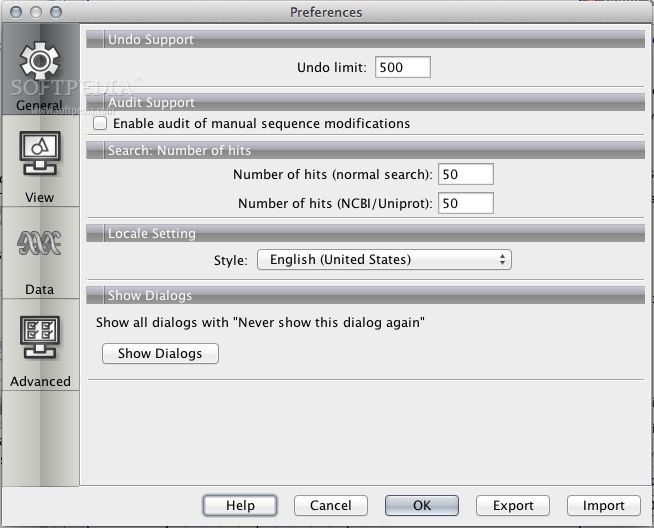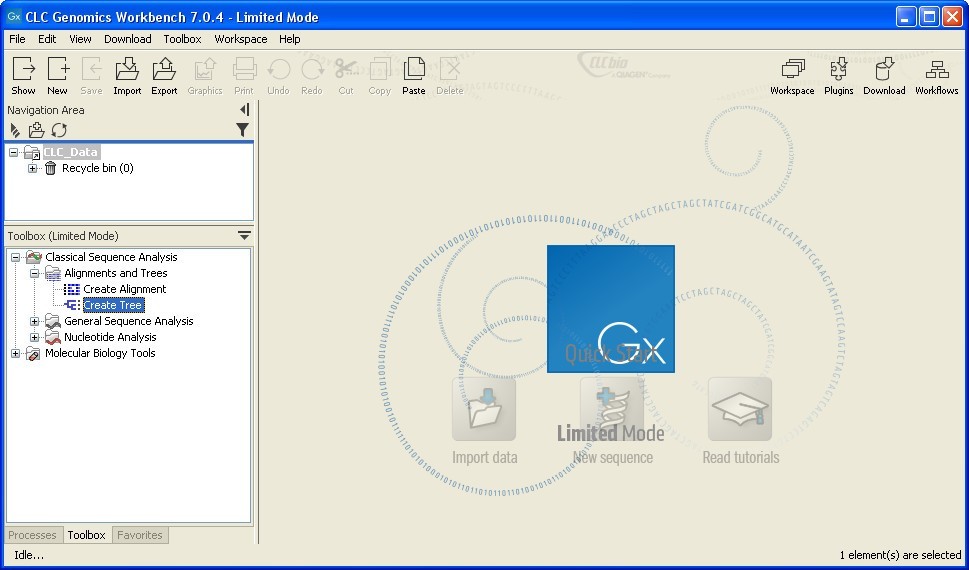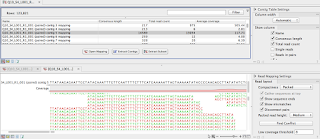

Genomic DNA was extracted from each pellet using a QIAamp DNA minikit (Qiagen, Hilden, Germany) and fragmented using an ultrasonicator to generate fragments between 300 bp and 400 bp. cereus by amplification and sequencing of the 16S rRNA genes.īacteria were grown in Luria-Bertani broth at 30☌ for 18 h and pelleted. The identity of the three isolates was confirmed to be B. Strain GTC2903 was isolated from a patient with an opportunistic infection in 1995, and strain GTC2926 was isolated from a patient blood culture in 2006.

Strain ach14 was isolated in 2014 from the whole-blood culture of a patient with bacteremia, and the two GTC strains (GTC2903 and GTC2926) were isolated from different patients and were obtained from the National BioResource Project (NBRP) Center, Organization for Research and Community Development, Gifu University. cereus isolates derived from human patients with clinical symptoms. cereus, we sequenced the genomes of three B.

To understand the genetic background of clinical isolates of B. The bacterium is also an opportunistic pathogen causing various infections, including local infections of wounds, bacteremia, septicemia, respiratory infections, and central nervous system infections ( 6). cereus is an important foodborne pathogen and can cause two different types of gastrointestinal diseases, the emetic syndrome and the diarrheal syndrome ( 5). Bacillus cereus is a facultative, anaerobic, spore-forming, Gram-positive bacterium that is commonly present in soil ( 1), in the rhizosphere of plants ( 2, 3), and as part of animal intestinal microflora ( 4).


 0 kommentar(er)
0 kommentar(er)
